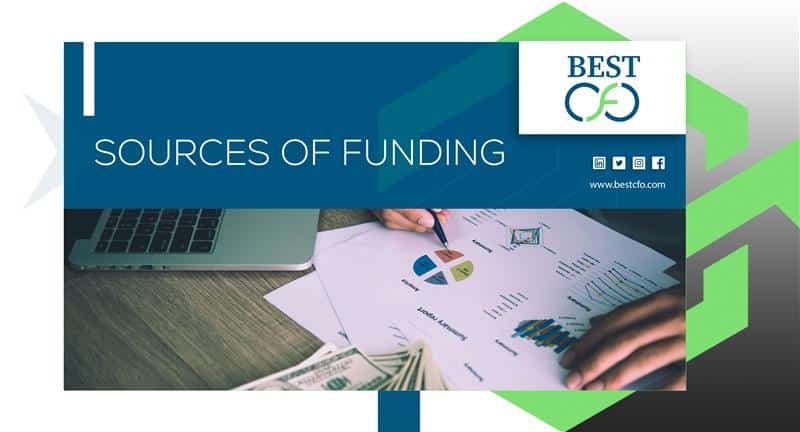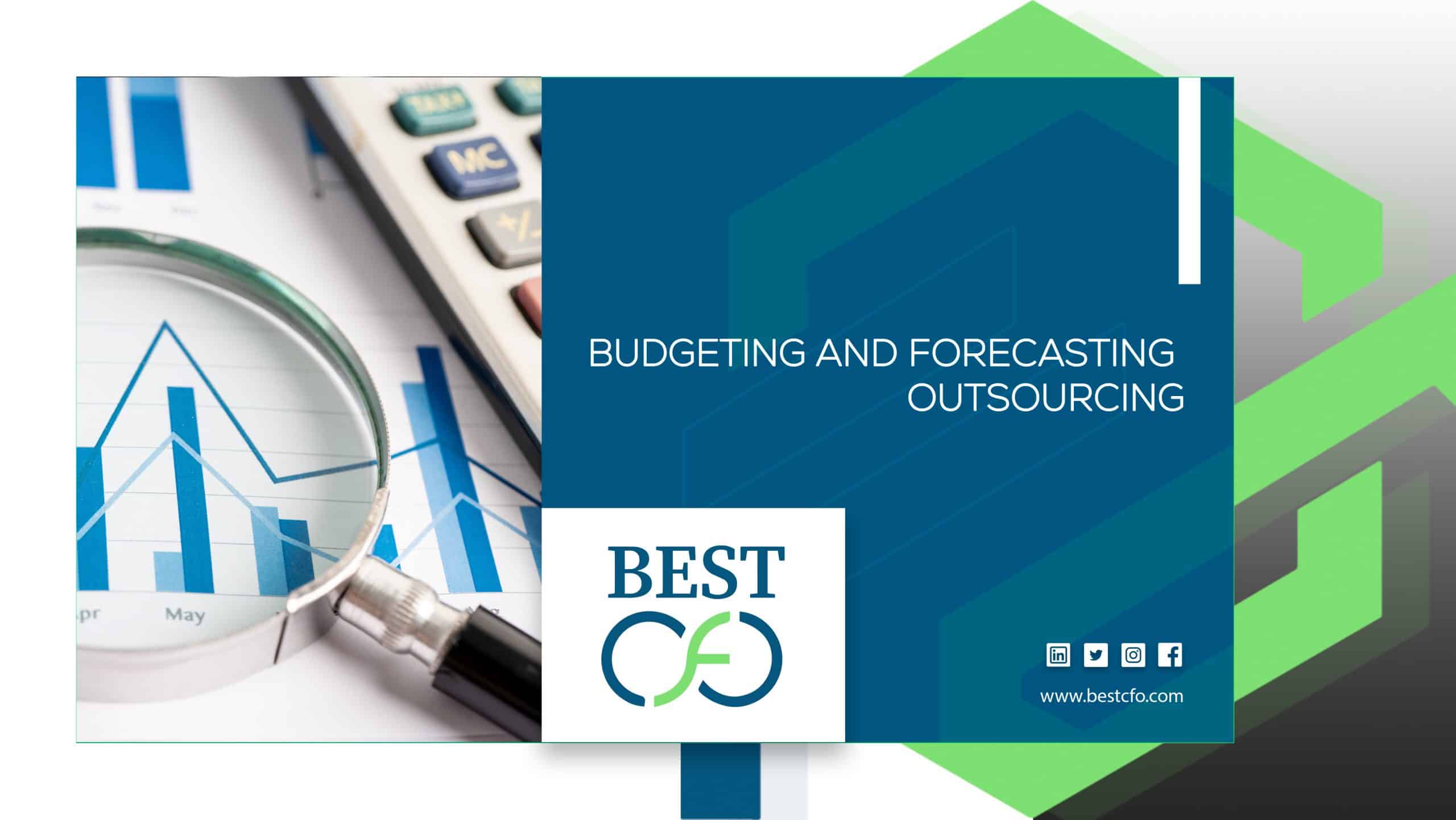
| Getting your Trinity Audio player ready... |
Stock Analysis 101: Revenue Forecasting and Growth
In the rapidly evolving world of business today, money decisions are more crucial now than ever. Financial planning involves a primary element of revenue forecasting or projecting how much revenue a business will have in the future. Whether you are in a startup business, a larger business, or assisting investors in financial modeling, it is helpful to have the ability to project revenue in the future to aid in budgeting for expenses, controlling costs and preventing financial crises.
In this blog we’re going to outline how revenue forecasting works, why you should care about it, and how to do it correctly. You’ll also discover various techniques and tools utilized to enhance accuracy and precision, minimize risk, and enhance decision-making.
What is Revenue Forecasting?
Revenue forecasting involves projecting the amount of money a company will earn within a given frame of time. These projections are made using the past performance of the company, trends in the market, and other data about the company. It aims to help leaders make informed decisions about sales, inventories, staff recruitment, etc.
Businesses use revenue forecasting to anticipate and manage cash flow, establish specific goals and plan in advance. It also enhances strategic management and offers a map to a successful future.
Methods of Revenue Forecasting
Businesses use two main types of forecasting: qualitative and quantitative methods. Choosing the right approach depends on your data, goals, and available tools.
Qualitative Methods
Qualitative forecasting relies on opinions, experience, and market research rather than numbers. It is useful when there is limited data available.
- Expert Opinions: Professionals share insights based on experience in the industry. This method relies on human behavior and cognition.
- Market Research: This includes focus groups, questionnaires, and surveys. These methods give useful data about consumer behavior and market sentiment.
- Delphi Technique: A group of experts give feedback in several rounds until they reach an agreement. This method helps eliminate bias and improves the accuracy of predictions.
Quantitative Method
These methods use numbers, formulas, and statistical analysis. They work best when you have past data and want to build mathematical models.
- Straight-Line Method: Assumes growth at a constant rate. It’s simple and works well for stable businesses.
- Moving Average: This method smooths out data by averaging it over a specific time. It helps identify seasonality and short-term trends.
- Exponential Smoothing: Gives more weight to recent data, making it useful for fast-changing markets.
- Regression Analysis: Uses one or more factors (called variables) to predict future income. It’s common in economic forecasting and data analysis.
Steps in Revenue Forecasting
Here are the five key steps to creating a reliable revenue forecast:
Step #1: Data Collection
Start by gathering past revenue data, sales reports, and other important business information. This step may include pulling numbers from income statements, balance sheets, or salesforce systems.
Step #2: Data Analysis
Next, study the numbers to find trends, gaps, or outliers. Use tools like spreadsheets or data visualization software to spot patterns. This step may include sampling, statistical inference, and identifying dependent and independent variables.
Step #3: Choose Revenue Forecasting Method
Pick the method that best fits your business and the data you’ve collected. Use quantitative research if you have lots of data. If not, go with qualitative research.
Step #4: Implementation
Put your forecasting model into action. Make sure everyone involved understands the plan. Use communication tools and real-time computing systems to share updates.
Step #5: Review
Check your results regularly. Update your forecast if new data shows a change in trends. This step ensures accuracy and supports continuous learning.

Avoid These Mistakes in Revenue Forecasting
Even experienced business owners can make mistakes. Avoiding these common errors can improve your forecast’s quality.
- Relying Solely on Qualitative Assumptions: Use data when possible. Opinions are helpful but shouldn’t replace facts.
- The Lack of Data Trap: Forecasts without strong data can be misleading. Use data management tools to gather more info.
- Over-simplification: The real world is complex. Use more advanced models like regression analysis or exponential smoothing when needed.
- Ignoring External Factors: The economy, market environment, and competition all affect revenue.
- Not Updating Forecasts: Outdated predictions lead to poor decisions. Regular updates improve financial performance.
The Role of Software in Revenue Forecasting
Technology makes revenue forecasting easier and more accurate. Many companies now use forecasting software with automation, machine learning, and data collection tools. These systems pull from financial statements, market intelligence, and customer relationship management (CRM) platforms.
Modern software helps companies handle big amounts of data, monitor performance indicators, and adjust plans in real time.
Benefits of Using Revenue Forecasting Software
Here are a few benefits of using forecasting software:
Increase Accuracy
Software uses statistical methods and data science to reduce human error. This leads to better predictions and smarter planning.
Time Efficiency
Automation speeds up the process, saving teams hours of manual work.
Data Organization
Forecasting tools organize data and information in easy-to-read dashboards. This helps with tracking and planning.
Resource Allocation
Clear forecasts help businesses plan where to spend money and time. This improves resource use and cuts down waste.
Alerts and Notifications
Many tools send alerts if numbers change suddenly, helping teams stay on track.
Role of CFOs in Revenue Forecasting
Chief Financial Officers (CFOs) play a big part in forecasting. They use their skills in finance, risk management, and strategic management to guide the company’s future. A good CFO understands both qualitative and quantitative tools, and can use economic methods to make better decisions.
With support from financial analysts, they can also assess market trends, customer behavior, and performance evaluations. A strong forecast improves a company’s financial plan, boosts investment confidence, and gives the business a competitive edge.
Conclusion
Revenue forecasting is more than just guessing numbers. It’s a careful process that blends science, research methods, and business intelligence. With the right methodology, tools, and people, companies can build forecasts that are both useful and dependable.
At Best CFO, we believe in using the power of revenue forecasting to guide companies toward better choices, smarter spending, and long-term growth. Our experts help your business stay strong—even in a shaky economy.
FAQs
1: What is revenue forecasting used for?
It’s used to estimate future income so companies can plan budgets, manage costs, and make smart decisions.
2: What methods are most accurate?
Quantitative methods like regression analysis, moving average, and exponential smoothing offer strong accuracy and precision, especially with lots of data.
3: Can small businesses use revenue forecasting?
Yes! Even startups benefit from simple models like the straight-line method or expert insights through market research.
4: How often should forecasts be updated?
Every quarter is a good start. More often if your market is changing fast or during economic shifts.
5: What is the role of technology in forecasting?
Technology boosts speed and reliability. Tools use automation, machine learning, and data analysis to create better predictions.
Related Posts
Organic vs Inorganic Marketing: Pros, Cons, and Best Use Cases
Organic vs Inorganic Marketing: Pros, Cons, and Best Use Cases When it comes to growing…
What Is Operating Capital and Why Is It Important?
What Is Operating Capital and Why Is It Important? Are you ready to dive into…
How to Scale a SaaS Business Without Losing Your Customers?
What Are the 5 Sources of Funding? So, you’ve got the dream. The vision. The…
What Are the 5 Sources of Funding?
What Are the 5 Sources of Funding? So, you’ve got the dream. The vision. The…
 Demos
Demos  Colors
Colors  Docs
Docs  Support
Support 














